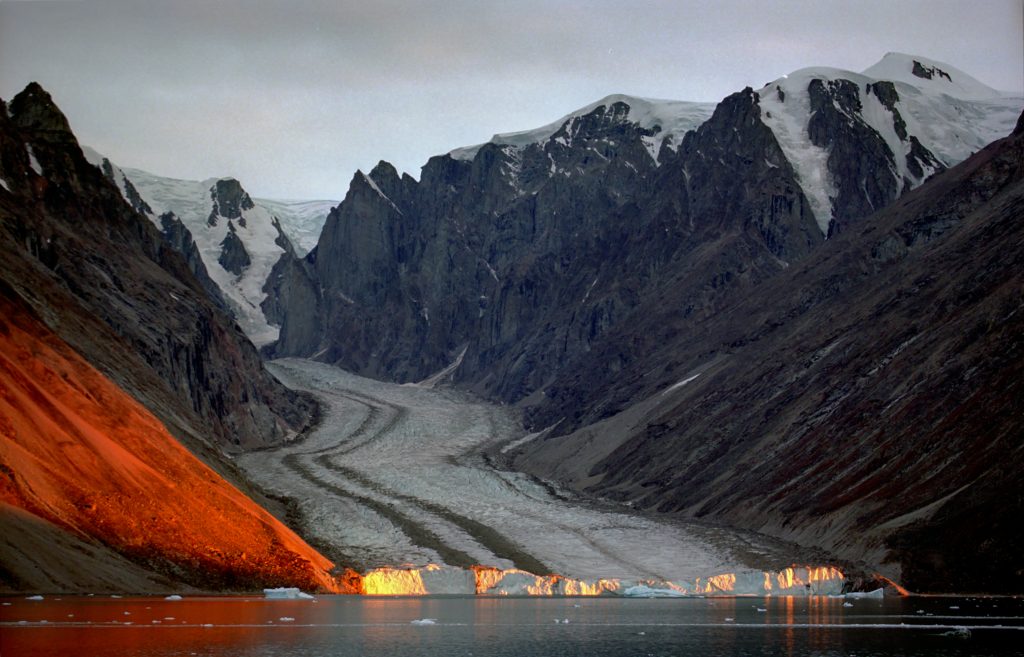With this full guide to the 10 best national parks in the world, you can visit some of the world’s biggest and most beautiful protected areas. These parks are not only lovely to look at, but they are also important for plants and animals to live and grow. Each park has its own unique ecosystem and is an important part of protection efforts around the world. The icy landscapes of the Arctic, the untamed wilderness of Africa, and the lush jungles of South America are all examples of this.This article tells you about some of the world’s largest national parks and their beautiful landscapes, diverse animal and plant life, and cultural significance. You can learn about these huge natural reserves whether you want to explore, protect the environment, or love nature. They will help you see how big and important it is to protect the environment around the world. Find out which country has the world’s biggest national park and learn more about these huge, millions-hectare areas. If you want to learn more about natural wonders, UNESCO World Heritage Sites, or eco-friendly holiday ideas, this collection has a lot of useful information and lovely pictures.
Top Ten Largest National Parks In The World
10. Munga‑Thirri–Simpson Desert National Park, Australia
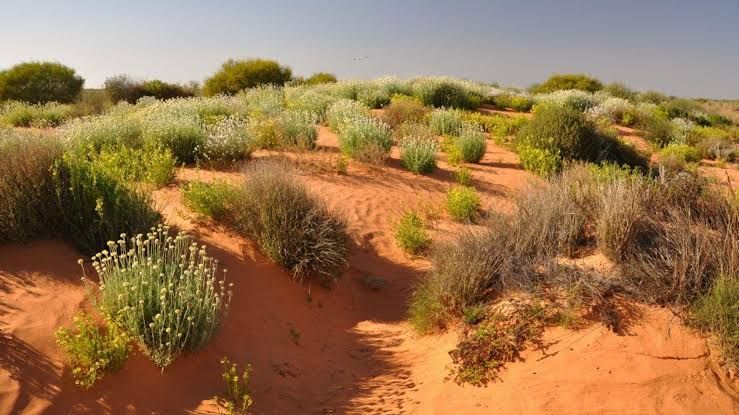
This vast outback expanse became Australia’s premier national park in November 2021, stretching across an astonishing 3.6 million hectares in South Australia—the nation’s biggest protected area by far. Its iconic parallel dunes, including the famed Big Red (rising up to 40–50 m), extend over hundreds of kilometers and offer a breathtaking spectacle of red sand ridges and deep blue sky. Here, spinifex and acacia blend with fragile desert wetlands that burst into life after rare rains, creating temporary lakes that attract more than 900 species of plants and wildlife. Among the native animals are dingoes, kowari, thorny devils, grasswrens and budgerigars. The area also contains important cultural footprints preserved by Wangkangurru and Yarluyandi peoples .Access requires a capable 4WD, careful preparation, and experience in remote terrain. Its remote serenity makes it a top destination for photographers, bird watchers, and conservation-minded travelers drawn to one of Australia’s largest national parks, a place where desert scale and seasonal transformation combine in spectacular ways.
9. Wood Buffalo National Park, Canada
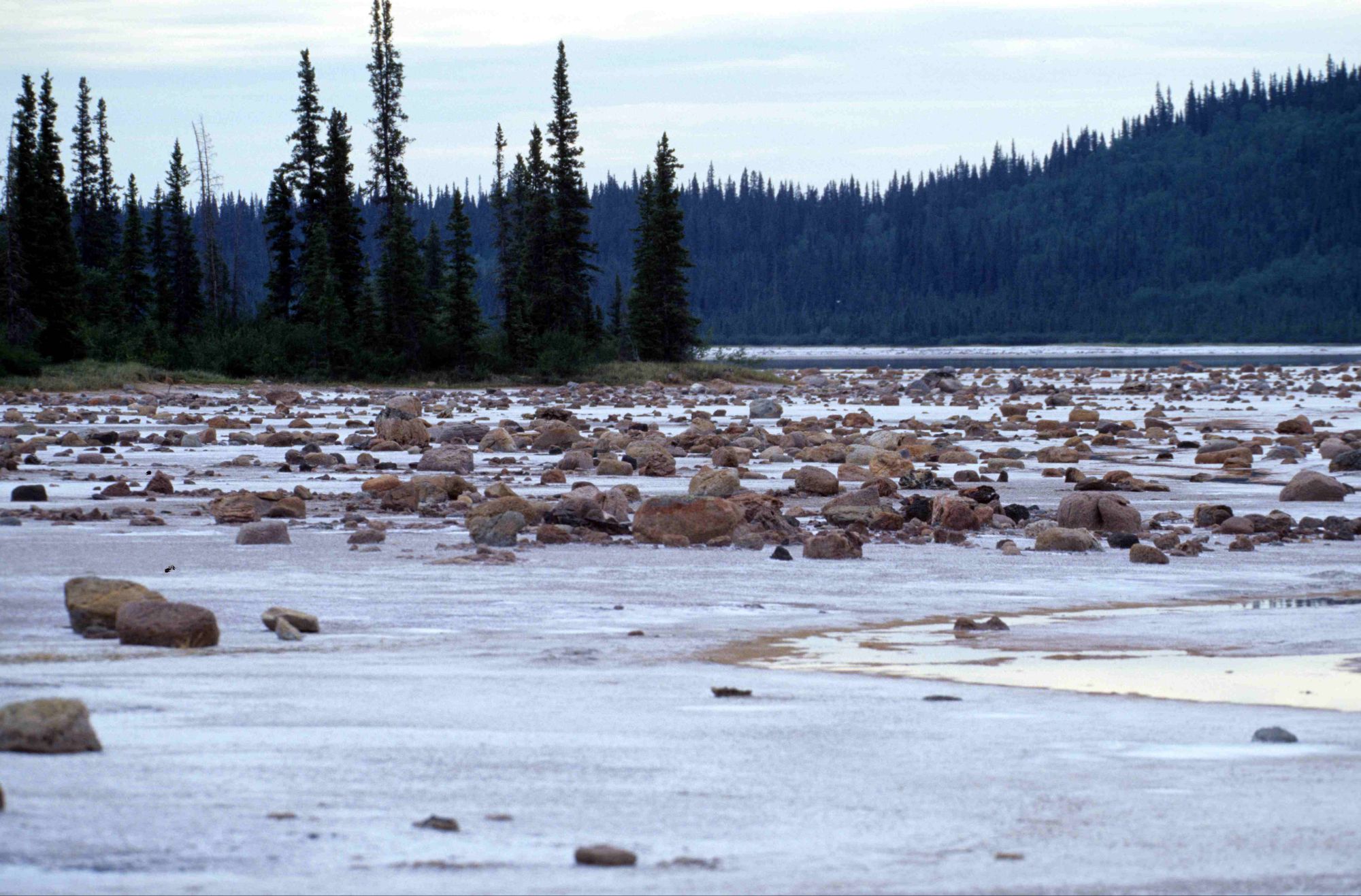
Spanning 44,741 km² across northern Alberta and the Northwest Territories, Wood Buffalo is Canada’s largest national park and the world’s second-largest. Created in 1922 to protect the continent’s last free-roaming herd of wood bison and to serve as crucial nesting habitat for rare whooping cranes, it preserves vast boreal forests, winding rivers, marshlands, and grasslands. The park’s mosaic of ecosystems supports species like moose, wolves, black bears, and diverse birdlife, making it a cornerstone for conservation and wild landscapes.The park’s UNESCO World Heritage recognition highlights its ecological importance. It offers an immersive Arctic-subarctic wilderness experience, with canoe routes across slow-moving rivers, winter wildlife tracking expeditions, and a rare chance to encounter the imperiled whooping crane. As one of the biggest national parks in the world, its scale and biodiversity are unmatched in the Canadian wilderness.
8. Wrangell–St. Elias National Park and Preserve, USA
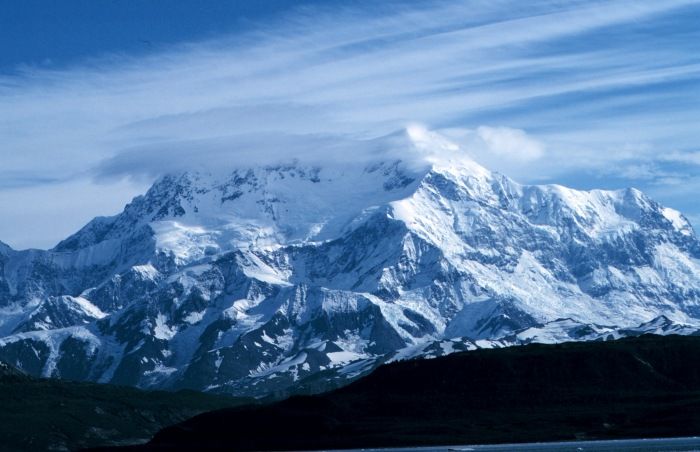
Covering about 22.5 million acres (9.1 million hectares) in Alaska, Wrangell–St. Elias is the largest national park in the United States. This colossal expanse forms part of a transboundary UNESCO World Heritage region, alongside Canada’s Kluane and Tatshenshini-Alsek parks. Glaciers cover a quarter of the park, feeding vast icefields and the country’s longest interior glacier. Within its boundaries lie nine of North America’s sixteen highest peaks.Wilderness adventures abound, from mountaineering and flightseeing over ice-clad summits to hiking remote glacier valleys. Grizzly and black bears, caribou, Dall sheep, and wolves roam largely undisturbed. As the world’s largest national park complex in the U.S., it offers unmatched grandeur, raw nature, and a visceral sense of wilderness that few places can rival.
6. Namib Naukluft National Park, Namibia
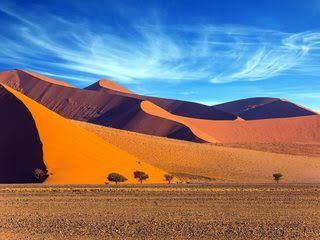
Stretching across almost 50 000 km², Namib Naukluft holds the title of Africa’s largest national park and ranks among the world’s most extensive conservation areas. It bridges the ancient Namib Desert, famed as the world’s oldest, with the rugged Naukluft Mountains and the Atlantic coastal plains. Towering dunes like “Big Daddy” and Dune 45, reaching heights of over 300 m, cast dramatic shadows across rust-red sands that draw photographers, hikers, and eco‑travellers alike.The barren vistas are anything but lifeless.
Fog-fueled desert plants such as Welwitschia, quiver trees, and air‑plant succulents cling to life, while wildlife thrives in surprising abundance. Oryx, springbok, Hartmann’s mountain zebra, and kudu wander the sands, and predators like leopard, bat‑eared fox, caracal, and hyena quietly stalk their prey. Over 200 species of birds soar overhead, including majestic raptors and colorful migrants. Inland, the Naukluft section provides shelter for rock-loving creatures and houses steep canyons that call to adventurous hikers and canyon explorers.As one of the largest national parks in the world, its grandeur lies not only in scale but in stark contrasts—ancient desert textures, shifting sands, fog‑drenched life, and mountain silhouettes under stellar night skies. It is a vivid reminder of how expansive protected lands safeguard both extreme environments and fragile ecosystems.
5. Central Kalahari Game Reserve, Botswana
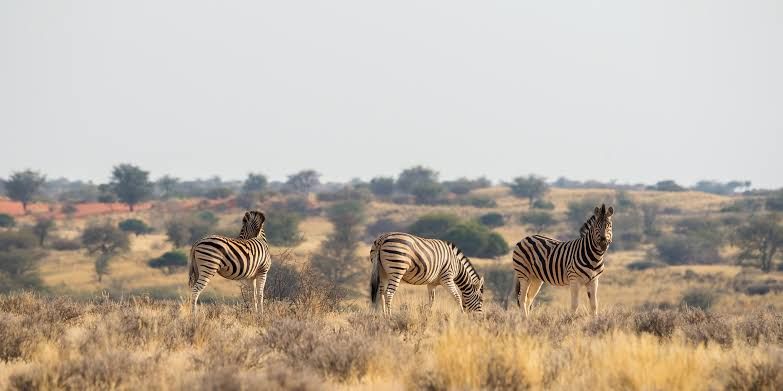
Covering approximately 52 800 km², the Central Kalahari Game Reserve is not only Botswana’s largest reserve but also the second-largest wild space in the world. Its endless dunes, dry valleys, and seasonal pans host a desert‑savanna mix that transforms dramatically after rains, drawing wildlife in breathtaking numbers. Wildebeest, springbok, gemsbok, kudu, eland, giraffe, and ostrich assemble across the grasslands, creating vibrant spectacles against ochre.The reserve is a predator stronghold featuring black‑maned Kalahari lions, cheetah, leopard, wild dog, brown hyena, black‑backed jackal, aardwolf, and bat‑eared foxes. Birdwatchers can spot ostrich, kori bustard, sandgrouse, and many birds of prey during the waterhole gatherings. Seasonal wildlife hotspots like Deception Valley and Piper’s Pan showcase natural abundance and raw beauty in this vast landscape.This land also carries deep cultural heritage: the San people, ancient hunter‑gatherers, have lived here for thousands of years. They thrive off fragile desert networks, read animal signs and share ancestral knowledge passed down for generations. The Reserve’s size, remote wilderness, and seasonal transformation decidedly make it one of the planet’s most emblematic giant protected areas.
4. Papahānaumokuākea Marine National Monument, USA
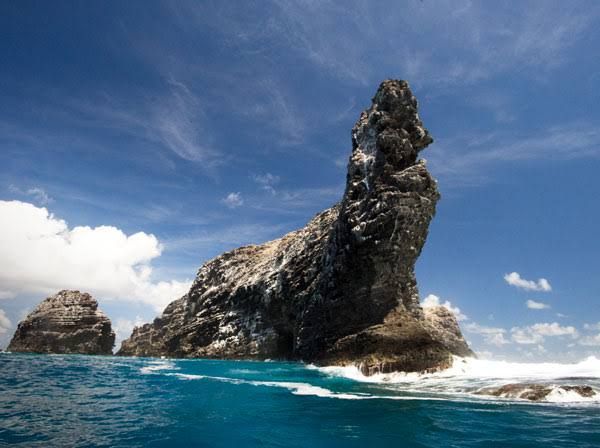
Covering a staggering 583,000 sq mi, this marine national monument safeguards remote Northwestern Hawaiian Islands and some of Earth’s most intact ocean habitats. Its waters stretch over 1,900 km across the North Pacific and host more than 7,000 marine species, roughly 25 percent of which cannot be found anywhere else.Its ecosystem includes predator‑rich coral reefs, deep‑sea seamounts, nesting grounds for seabirds, endangered monk seals, green turtles, and the Laysan duck.
In 2016, its expansion more than doubled its coverage, cementing its status as one of the world’s largest conservation areas. Scientists continue to discover new deep‑sea creatures here, reflecting its role as a living laboratory for marine biology.This monument offers cultural connections too. Ancient Hawaiian voyagers settled on its islands millennia ago, leaving sacred sites and stories intertwined with the ocean. Its remote beauty and scientific significance make it a globally ranked marine conservation landmark.
3. Wood Buffalo National Park, Canada
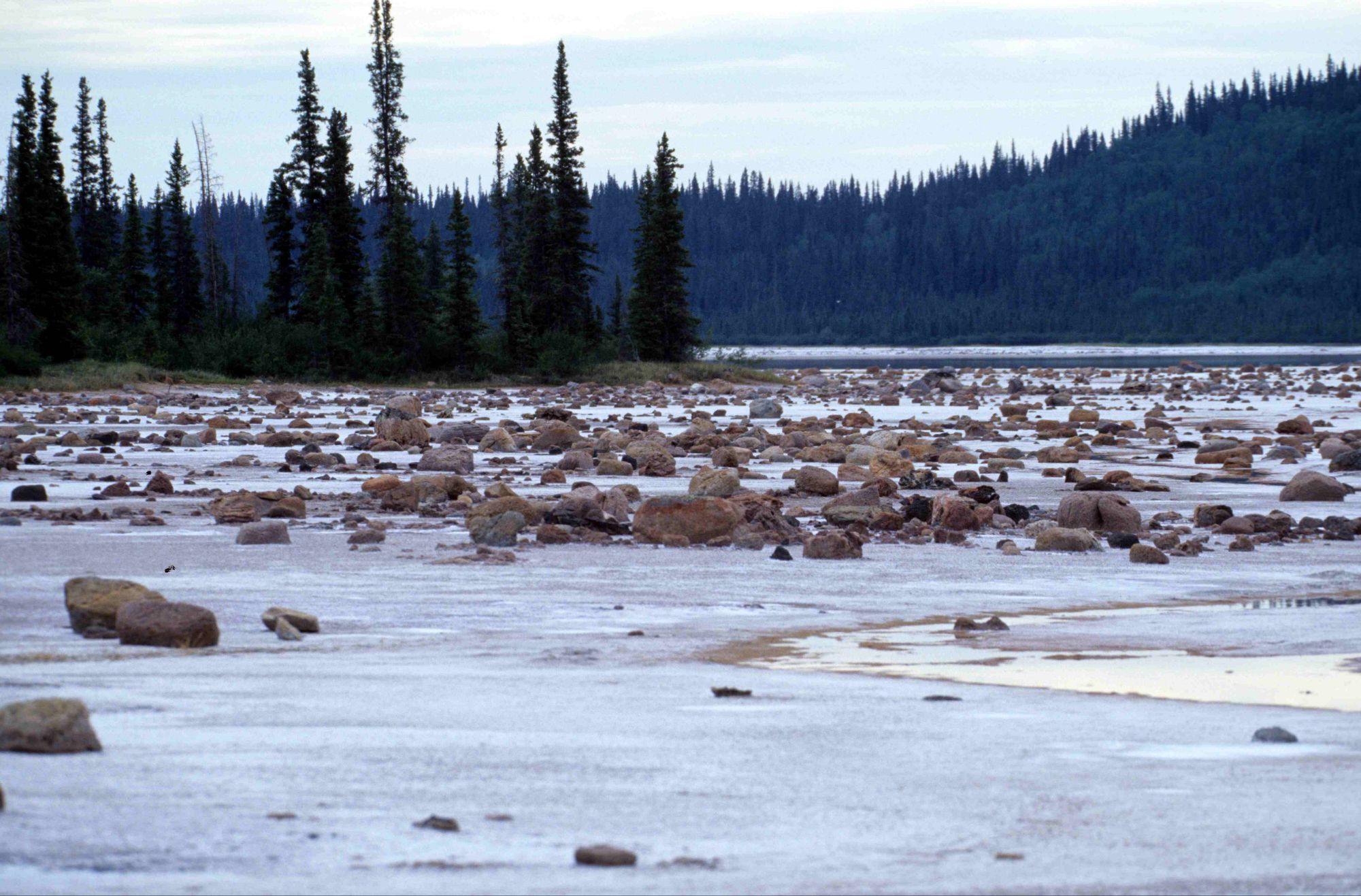
With an area of 44 741 km², Wood Buffalo stands as Canada’s largest and the second‑largest national park in the world. Founded in 1922 to protect the continent’s last wild wood bison, it remains the only natural habitat of the endangered whooping crane. Its expanse includes boreal forests, sprawling wetlands, and sandy river valleys in northern Alberta and the Northwest Territories.
Within this mosaic, moose, wolves, black and grizzly bears, lynx, and countless bird species thrive. The park’s designation as a UNESCO World Heritage site highlights its high ecological value. Visitors can paddle along slow‑flowing rivers, trek through untouched forest, and spot rare wildlife in their natural habitat. This national park’s sheer scale and role in preserving iconic North American species make it a top destination for conservation and wilderness touring.
2. Kluane‑Wrangell‑St. Elias‑Glacier Bay‑Tatshenshini‑Alsek Transboundary Park System, Canada/USA

While often considered separate parks, together they form one of the world’s most massive continuous protected wilderness areas. Individually, Wrangell‑St. Elias (9.1 million ha) in Alaska and Kluane (2.2 million ha) in Canada are giants. Collectively, they encompass unparalleled landscapes—towering mountains, extensive glaciers, icefields, and deep valleys.
These parks include North America’s highest peaks, massive glacier networks feeding rivers and fjords, and diverse species like Dall sheep, grizzly and black bears, mountain goats, caribou, wolves, moose, and eagles. This UNESCO‑recognized complex provides epic opportunities for mountaineering, wilderness hiking, flightseeing, and river trips. As one of the largest contiguous national park systems globally, its sheer scale and ecological richness make it a pearl of conservation and adventure.
1. Northeast Greenland National Park, Greenland
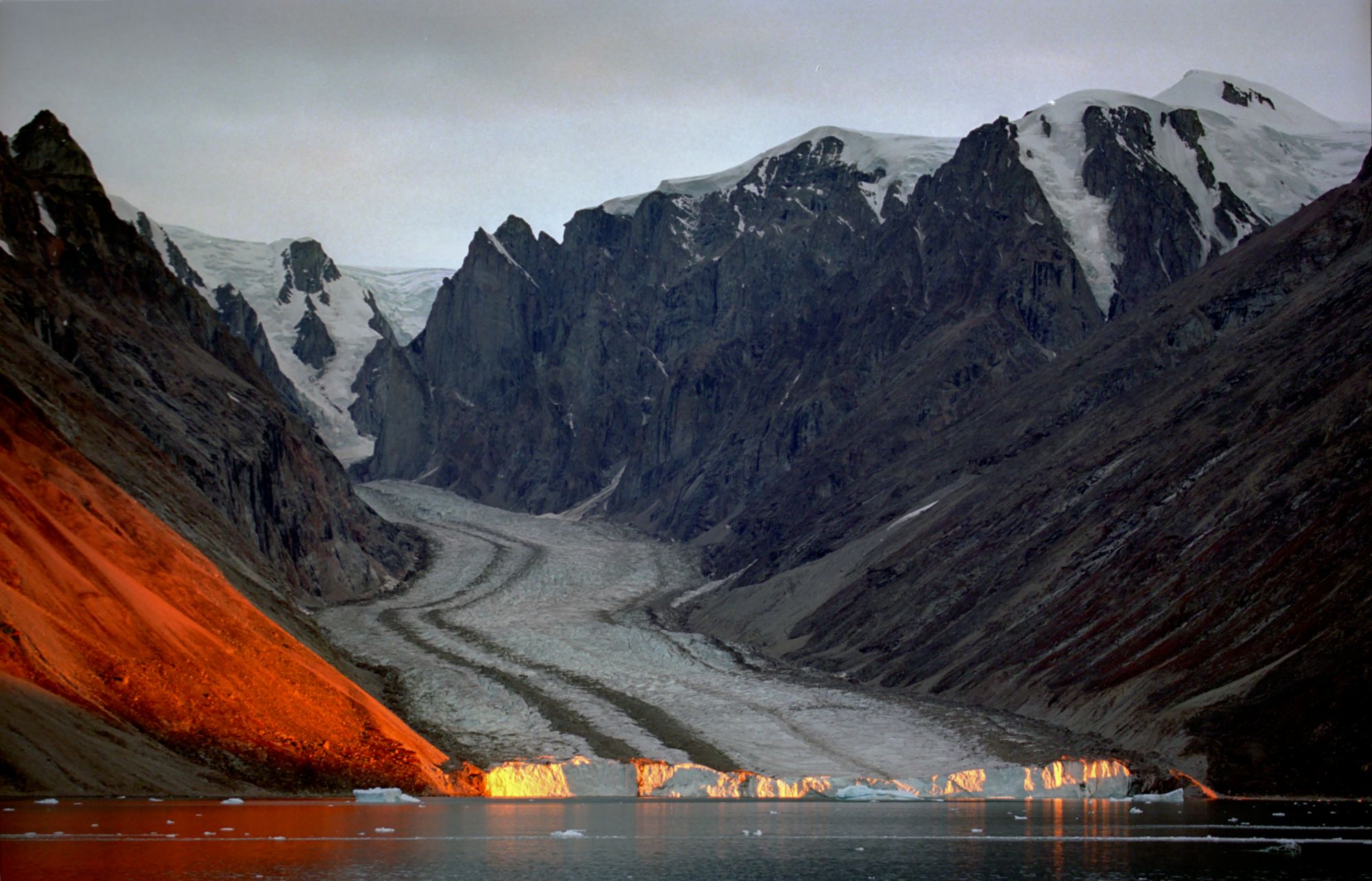
At approximately 972,000 km², Northeast Greenland is the world’s largest national park by area. Established in 1974, it spreads across a remote Arctic realm of sweeping ice caps, tundra, deep fjords, and jagged mountain ranges. Home to polar bears, muskoxen, walrus, Arctic foxes, seals, and migrating birds, the region is a pristine snapshot of polar wilderness.
With almost no permanent inhabitants and accessible mainly by scientific expeditions, research vessels, or specialized cruises, this national park dwarfs many countries and shelters ecosystems shaped by extreme cold, seasonal daylight, and ancient polar landscapes. Its value to climate science, wildlife conservation, and global environmental monitoring is immense. As the world’s supreme national park by land area, its vastness alone captures nature’s grandest scales.

